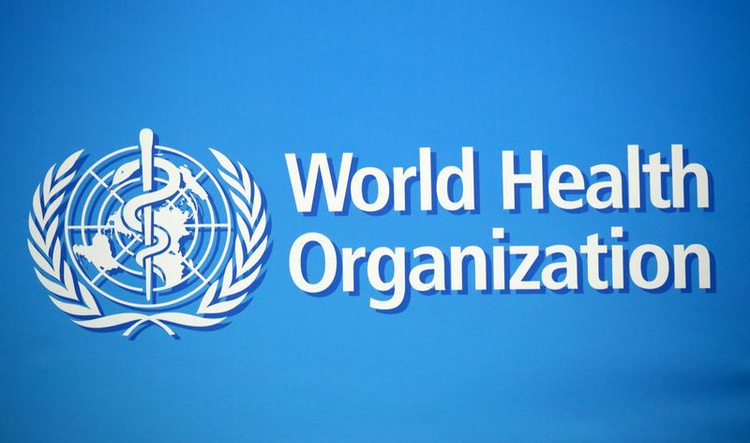By Muhammad Amaan
The World Health Organisation (WHO) has released its first-ever global guidelines for the diagnosis, treatment, and care of meningitis, aiming to expedite detection, ensure timely treatment, and improve long-term care for affected individuals.
In a statement released Thursday, WHO said that by combining the latest evidence-based recommendations, these guidelines were a critical tool for reducing the deaths and disabilities caused by the disease.
“In spite of effective treatments and vaccines for some forms of meningitis, the disease remains a significant global health threat.
“Bacterial meningitis is the most dangerous form and can become fatal within 24 hours,” WHO said.
The statement also highlighted the prevalence of meningitis, citing an estimated 2.5 million cases worldwide in 2019, including 1.6 million cases of bacterial meningitis, which resulted in around 240,000 deaths.
“Furthermore, approximately 20 per cent of those who contract bacterial meningitis develop long-term complications, including disabilities that impact their quality of life.
“The disease also imposes heavy financial and social burdens on individuals, families, and communities.”
WHO Director-General, Dr Tedros Ghebreyesus, emphasised that bacterial meningitis kills one in six people it strikes and leaves many others with lasting health challenges.
“Implementing these new guidelines will help save lives, improve long-term care for those affected by meningitis, and strengthen health systems. Meningitis can affect anyone, at any age, and anywhere.
“However, the disease burden is particularly high in low- and middle-income countries, as well as in regions experiencing large-scale epidemics.”
The “meningitis belt” in sub-Saharan Africa, which faces recurrent epidemics of meningococcal meningitis, is especially at risk.
Dr Ghebreyesus outlined the clinical management recommendations for meningitis in children and adults: “Improving clinical management of meningitis is essential to reducing mortality and morbidity, minimising long-term complications and disability, and improving the quality of life for affected individuals and communities.”
According to him, the new guidelines offer evidence-based recommendations for managing children older than one month, adolescents, and adults with acute community-acquired meningitis.
“They cover all aspects of clinical care, including diagnosis, antibiotic therapy, adjunctive treatment, supportive care, and management of long-term effects.
“The guidelines address both bacterial and viral causes of meningitis, given the similarities in clinical presentation, diagnosis, and management.
“They are designed for both non-epidemic and epidemic settings, superseding the previous 2014 WHO guidelines on meningitis outbreak response.
“As resource-limited settings bear the highest burden of meningitis, these guidelines have been specifically tailored for implementation in low- and middle-income countries.
“They are intended for use by healthcare professionals in first- and second-level facilities, including emergency, inpatient, and outpatient services,” he said.
Dr Ghebreyesus said that the guidelines could also be used by policymakers, health planners, academic institutions, and civil society organisations to inform capacity-building, education, and research efforts.
He said the guidelines were part of the broader Defeating Meningitis by 2030 Global Roadmap, adopted by WHO Member States in 2020.
He said that the roadmap aimed to eliminate bacterial meningitis epidemics, reduce cases of vaccine-preventable bacterial meningitis by 50 per cent, and decrease deaths by 70 per cent.
Additionally, he said the roadmap sought to reduce disability and improve the quality of life for those affected by meningitis.
Ghebreyesus outlined the five key areas required to achieve these goals: Diagnosis and Treatment: Faster detection and optimal clinical management.
“Prevention and Epidemic Control: Developing affordable vaccines, achieving high immunisation coverage, and improving outbreak preparedness and response.
“Disease Surveillance: Strengthening monitoring systems to guide prevention and control.
“Care and Support: Ensuring early recognition and improved access to care and support for those affected by meningitis.
“Advocacy and Engagement: Increasing political commitment, public awareness of meningitis, and better understanding of the right to prevention, care, and after-care services,” he said.
He said with these guidelines, WHO was providing countries with a critical tool to bridge gaps in meningitis diagnosis, treatment, and care, ensuring that more people received timely treatment and long-term support.




